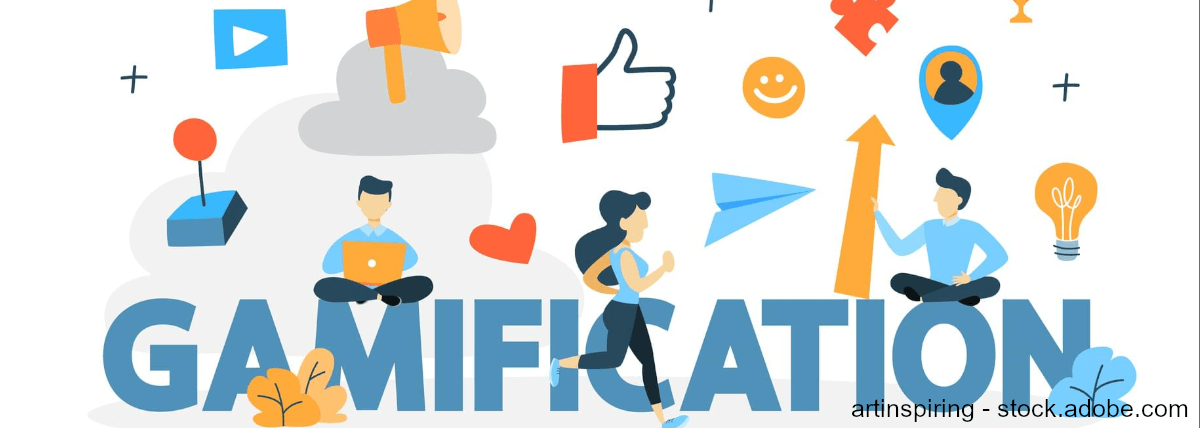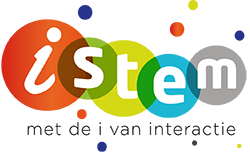- October 27th, 2021
- Category: Toegankelijkheid
Gamification
Durf Gamificatie elementen in te voeren.
Gamification
Diversiteit-sensitieve designtips: brainstormfase
Toegankelijkheid

Durf eens Gamificatie elementen in te voeren (spellaag aanbrengen, traditionele leerinhoud blijft intact) om samenwerking, taalstimulatie, concentratie, motivatie en zelfs kennisretentie te stimuleren.
Toelichting:
Pas op met het gebruik van leaderboards of directe competitie tussen leerlingen onderling. Werk dan liever met groepjes.
- Niemand ziet zichzelf graag visueel onderaan de ladder hangen
- Leerlingen met taalachterstand of een leerstoornis zijn hier vaak de dupe van terwijl ze misschien juist zichzelf overtroffen hebben
Bij leerlingen met concentratieproblemen lijken game-elementen die hen helpen focussen een positieve uitwerking te hebben op de leerprestaties (Dovis et al. (2011)). Voorbeelden hiervan zijn het bieden van structuur of extra sterke beloningen.
Voorbeeld:
- Ervaringspunten, niveaus, badges of zinvolle verhalen kunnen leerdoelen begeleiden of zelfs volledig omhullen. Verhalen kunnen extra real-world context bieden, creativiteit inspireren of leerlingen helpen persoonlijke connecties te vinden.
- Bij Serious Games (dit is geen gamification) wordt de werkelijkheid zoveel mogelijk nagebootst (https://genius-games.eu/)
Graag wat meer achtergrond?
- Hamari, J., Koivisto, J., & Sarsa, H. (2014). Does gamification work? - A literature review of empirical studies on gamification. Proceedings of the Annual Hawaii International Conference on System Sciences, 3025–3034. https://doi.org/10.1109/HICSS.2014.377
- Nicholson, S. (2015). A recipe for meaningful gamification. In Gamification in Education and Business (pp. 1–20). https://doi.org/10.1007/978-3-319-10208-5_1
- Frost, R. D., Matta, V., & MacIvor, E. (2015). Assessing the efficacy of incorporating game dynamics in a learning management system. Journal of Information Systems Education, 26(1), 59–70.
- Dincelli, E., & Chengalur-Smith, I. S. (2020). Choose your own training adventure: designing a gamified SETA artefact for improving information security and privacy through interactive storytelling. European Journal of Information Systems, 29(6), 669–687.
- Hamari, J., Shernoff, D. J., Rowe, E., Coller, B., Asbell-Clarke, J., & Edwards, T. (2016). Challenging games help students learn: An empirical study on engagement, flow and immersion in game-based learning. Computers in Human Behavior, 54, 170–179. https://doi.org/10.1016/j.chb.2015.07.045
- Koivisto, J., & Hamari, J. (2014). Demographic differences in perceived benefits from gamification. Computers in Human Behavior, 35, 179–188. https://doi.org/10.1016/j.chb.2014.03.007
- Dicheva, D., Irwin, K., Dichev, C., & Talasila, S. (2015). A course gamification platform supporting student motivation and engagement. 2014 International Conference on Web and Open Access to Learning, ICWOAL 2014. https://doi.org/10.1109/ICWOAL.2014.7009214
- Riopel, M., Nenciovici, L., Potvin, P., Chastenay, P., Charland, P., Sarrasin, J. B., & Masson, S. (2019). Impact of serious games on science learning achievement compared with more conventional instruction: an overview and a meta-analysis. Studies in Science Education, 55(2), 169–214. https://doi.org/10.1080/03057267.2019.1722420
Heb je feedback?
Alle feedback, tips en suggesties omtrent de tips en diversiteit-sensitief ontwikkelen zijn meer dan welkom! Mail ons gerust via contact@istem.be!

![[:swvar:ufile:1:description:]](/istembe/swfiles/files/logo.png?nc=1692803519)

